The CARES Act isn’t enough to save public transportation
COVID-19 is costing transit agencies billions in lost revenue and increased costs to protect personnel. And unfortunately, the $25 billion in emergency funding Congress gave transit in the CARES Act isn’t enough—especially if stay-at-home orders continue indefinitely. The next relief package needs to give transit agencies more emergency assistance in order to keep transit workers safe and make sure that transit will be there when this crisis is over.
Last month, President Trump signed the Coronavirus Aid, Relief and Emergency Security (CARES) Act, a $2 trillion relief package that gives transit agencies $25 billion in emergency relief. This is great, especially since the first draft of the bill included not one cent for public transportation.
But as transit agencies across the country report mounting losses, we know that the CARES Act likely isn’t enough. Congress needs to give transit more emergency assistance. If they don’t, agencies won’t be able to keep their personnel safe from the virus, and they might not be able to return to normal service when this crisis ends.
Federal emergency funds are lower than transit’s losses
In March, research group TransitCenter estimated that transit agencies would experience losses between $26-$38 billion this year due to impacts from COVID-19. That range seemed huge at first, but no longer: agencies are predicting losses that far outstrip the emergency funding they received from the federal government.
The $25 billion in emergency assistance from the CARES Act was apportioned to urbanized areas—not directly to transit agencies—through existing formula programs, meaning that we don’t yet know how much money individual transit agencies received. However, in New York’s case, the total sum for the urbanized area is smaller than the amount the region’s largest transit agency is losing. With ridership and revenue from sales taxes plummeting, New York’s Metropolitan Transportation Authority (MTA) announced in March that the agency is anticipating losing approximately $10 billion in revenue this year—almost $5 billion more than the entire region received from the CARES Act. TransitCenter also recently estimated that MTA faces a shortfall of at least $4.4-$8 billion.
Many other urbanized areas are also home to multiple transit agencies, further splintering each region’s CARES Act funding. Each region typically follows their own protocol for distributing federal funding among its transit agencies. But this unprecedented loss of revenue—and first ever infusion of federal support for operating expenses, not capital costs—might throw that protocol into chaos, meaning that agencies might not receive the percentage of federal funding they normally get.
The San Francisco Bay Area has over 27 transit agencies, with the Bay Area Rapid Transit (BART) the largest of all. COVID-19 has created a budget shortfall between $258 million to $452 million for the agency, yet the entire region only received $822 million from the CARES Act.
It’s a similar story in the Washington, DC region, home to over 20 transit agencies. The Washington Metropolitan Area Transit Authority (WMATA) is anticipating a “$67 million deficit, including $17 million in unanticipated expenses for gloves, sanitizer, disinfectants and other supplies the agency ordered to protect against the pandemic and $2.5 million a day in lost fare revenue,” according to the agency’s general manager. Yet given other regions’ unprecedented losses, WMATA’s deficit is likely much larger. Funding from the CARES Act for the DC region—a total of $1 billion—likely won’t cover their needs.
It’s not just big city transit agencies that are in trouble, though: rural transit agencies, already operating on very tight margins with unstable support, might not survive COVID-19 without more emergency assistance than they received through the CARES Act. The modest pay and part-time nature of driving for a rural system means it doesn’t pay the bills but can supplement retirement income. Because of this, rural transit drivers are more often older—most are over 65—and therefore at greater risk of complications or even death, should they be infected by COVID-19.
“The federal funding may get us through the peak of this pandemic,” Karl Gnadt, the managing director of the Champaign-Urbana Mass Transit District in Illinois, said to the New York Times . “The real concern is what’s next. At a time when unemployment is going to be rising and public transit becomes more and more critical, our funding is going to be going away. And we will be seeing significant service cuts.”
Without emergency funding, transit workers are at risk
Lost revenue isn’t the only strain on transit agencies’ budgets. Without funding, it’s becoming increasingly difficult for agencies to keep transit workers safe from COVID-19.
Over 2,500 employees of New York City’s transit agency, the Metropolitan Transportation Authority (MTA), have tested positive for COVID-19—and 68 have tragically died from the disease. With 5,000 employees quarantined, maintaining already-reduced service for essential workers is even more difficult. “If you have 10 people on a [transit] line and three of them are sick, you are going to have a schedule that’s not working and leads to overcrowding,” a spokesperson for the Transport Workers Union (TWU) told The Chief.
It’s not just New York that’s struggling. According to the TWU, transit workers have also died from COVID-19 in Detroit, New Orleans, Philadelphia, Boston, Washington, DC, Rocky Hill, CT and Everett, WA. (The Centers for Disease Control and Prevention released guidance for transit agencies on keeping personnel safe, but they know more guidance is needed—which is why they have invited transit agencies to submit feedback on improving these safety protocols.)
Nobody should die doing their job—which is why transit agencies are pouring resources to keep personnel safe. Transit agencies all over the country are suspending fare collection to minimize riders’ interactions with operators, allowing rear-door boarding, and distributing thousands of masks and gloves every single day—all incredibly costly but necessary measures.
But it’s still not enough. Transit agencies need more emergency funding from the federal government to make sure that workers are protected from the virus. Funding transit isn’t “infrastructure”—it’s protection for frontline workers, and a guarantee that essential personnel, from healthcare to grocery workers, can get to their jobs now and when this crisis is over.





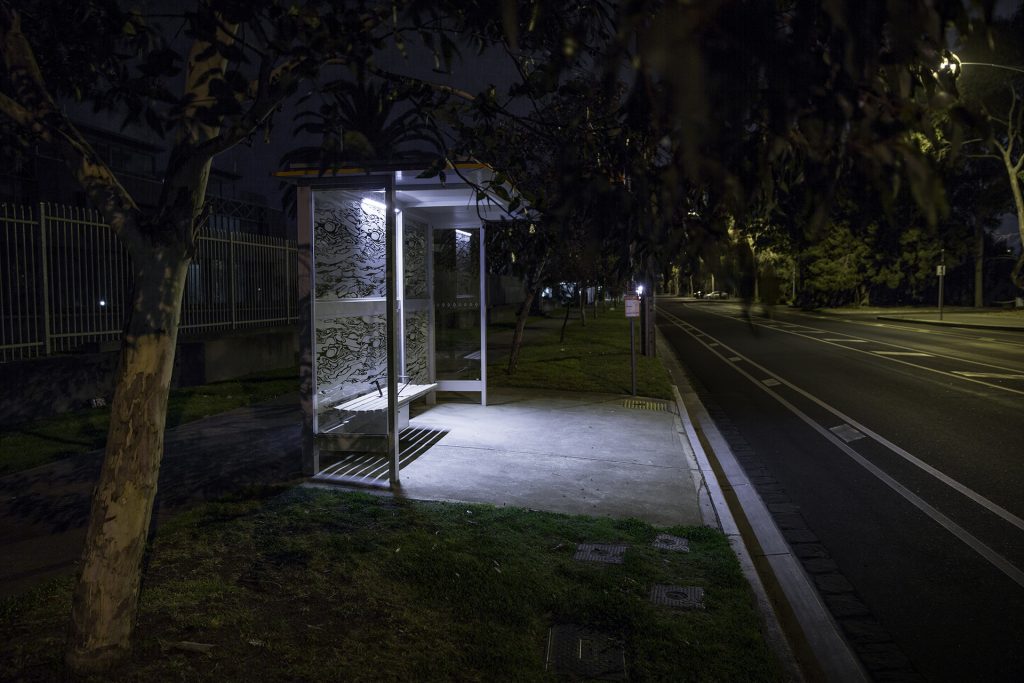
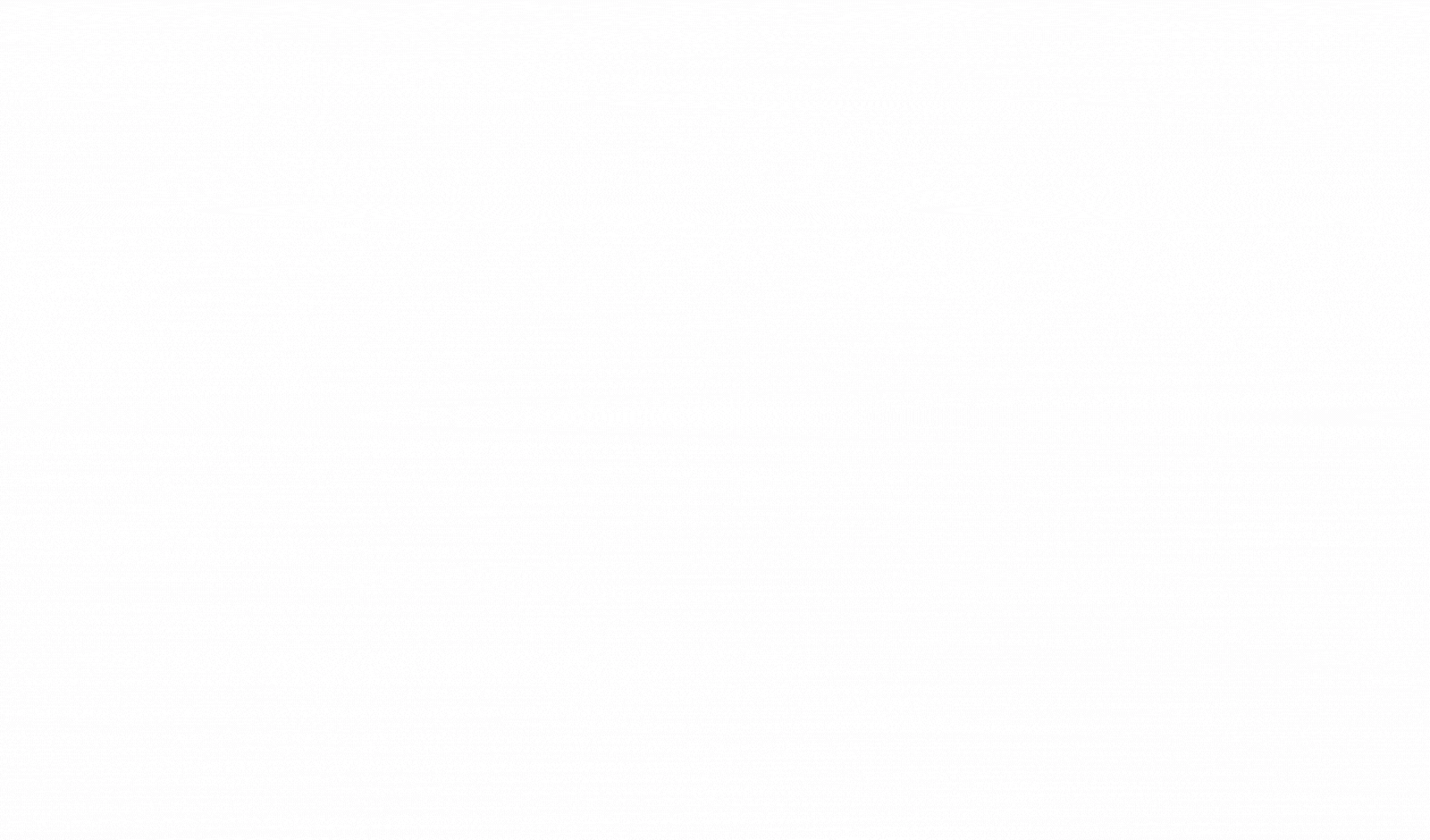









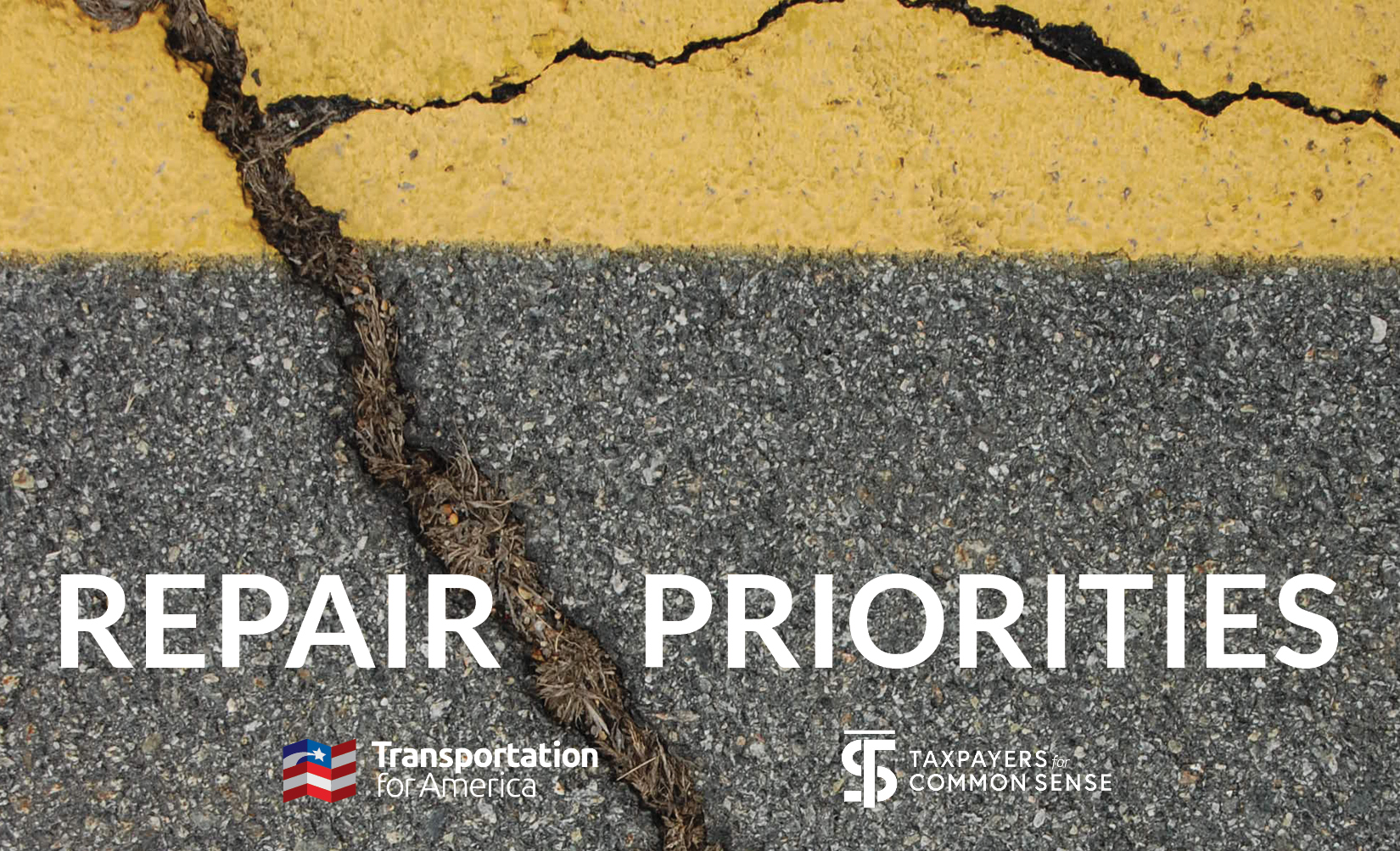
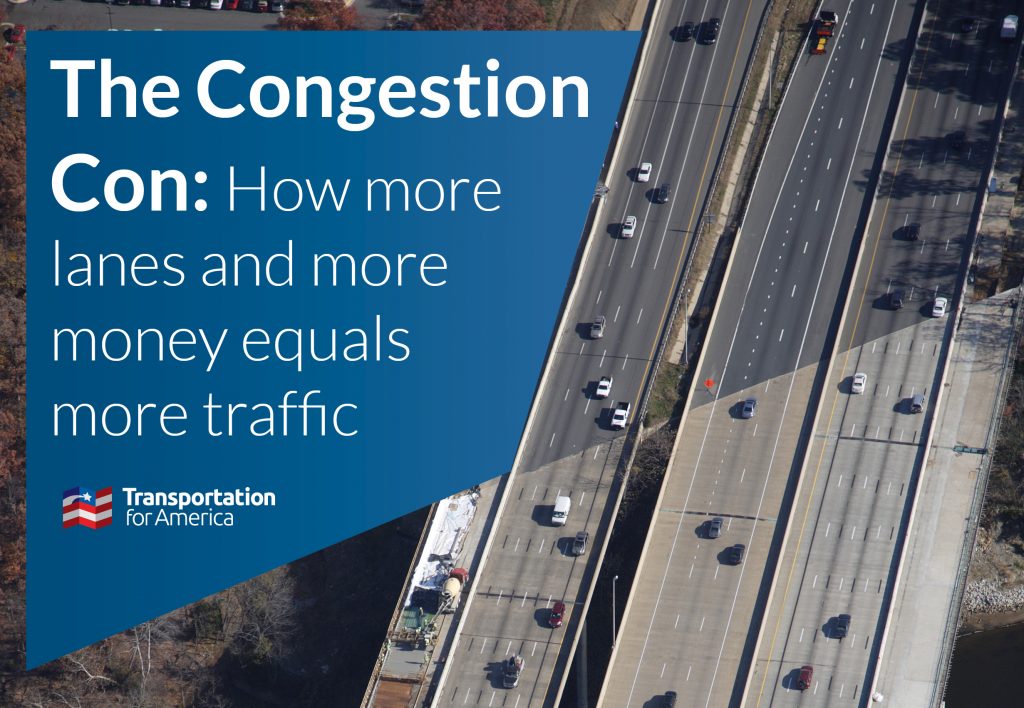
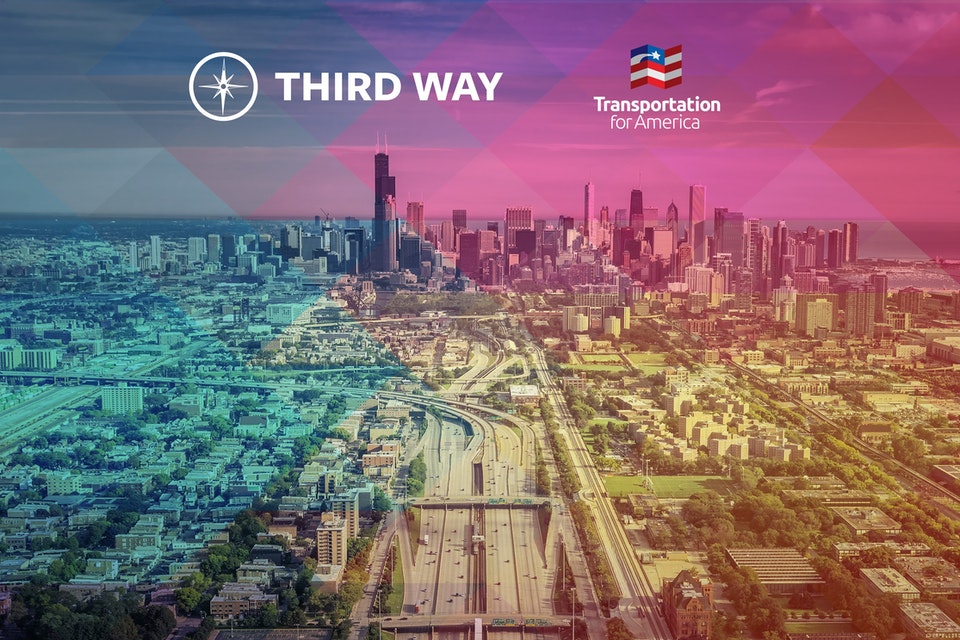

Pingback: The CARES Act isn’t enough to save public transportation | Public Transit Blog
Pingback: Today’s Headlines – Streetsblog California
Pingback: Wednesday’s Headlines From Around the Nation – Streetsblog USA
Pingback: Transportation For America Transit workers and riders: We want to hear from you - Transportation For America
Pingback: Transit workers and riders: We want to hear from you | Public Transit Blog
Pingback: Transportation For America Here are 4 things transit agencies can do to fight for more funding - Transportation For America
Pingback: Here are 4 things transit agencies can do to fight for more funding | Public Transit Blog